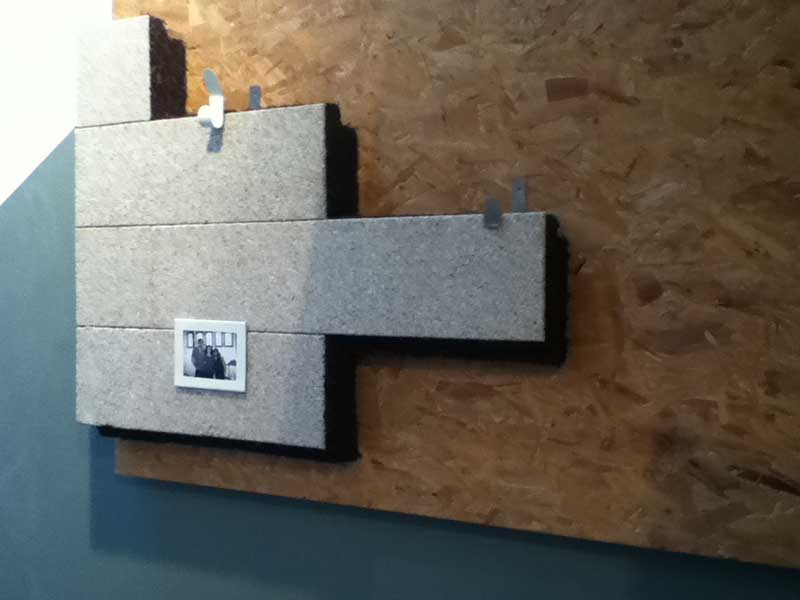Value creating systems
Introduction
I heard about two really fascinating bits of systems design recently which I found hugely inspiring.
Land renewal
The first was at the Hay Festival, where a project in Blaenau Gwent was mentioned.
The starting point was an abandoned piece of land which had become a dumping ground. Through this program unemployed young people in the area were given training and paid to help turn the plot into arable land.
The land was then used to grow fresh produce which was sold to local food cooperatives.
So this system took two under utilised assets (people and land), and did the following:
- Created jobs and training.
- Generated economic value.
- Produced local, sustainable food.
- Regenerated a piece of land.
That is remarkable.
Sustainable insulation
I came across another system design like this at the 2012 RCA Graduation show (overview here). It hasn’t been implemented yet, but I see no reason why it couldn’t be.


There’s a need for cost effective thermal insulation for new build houses in Mexico. The designer developed a product using two waste materials available in Mexico - grape stalks from the wine industry, and shells from the sea food industry. He posited that local youths could help manufacture the product, providing them with an income.
So again this system took three under utilised assets (people, waste shells, waste grape stalks) and achieved the following:
- A desirable, sustainable product.
- Economic value.
- Jobs for young people.
- Reduced waste.
Conclusions
I think this is the power of great systems design, where value is created by using several under utilised resources.
It can also be the source of considerable wealth creation. My day job is for a company which takes people’s homes when they are out of town, and turns them into holiday rentals. Again, value is created from an under utilised asset.